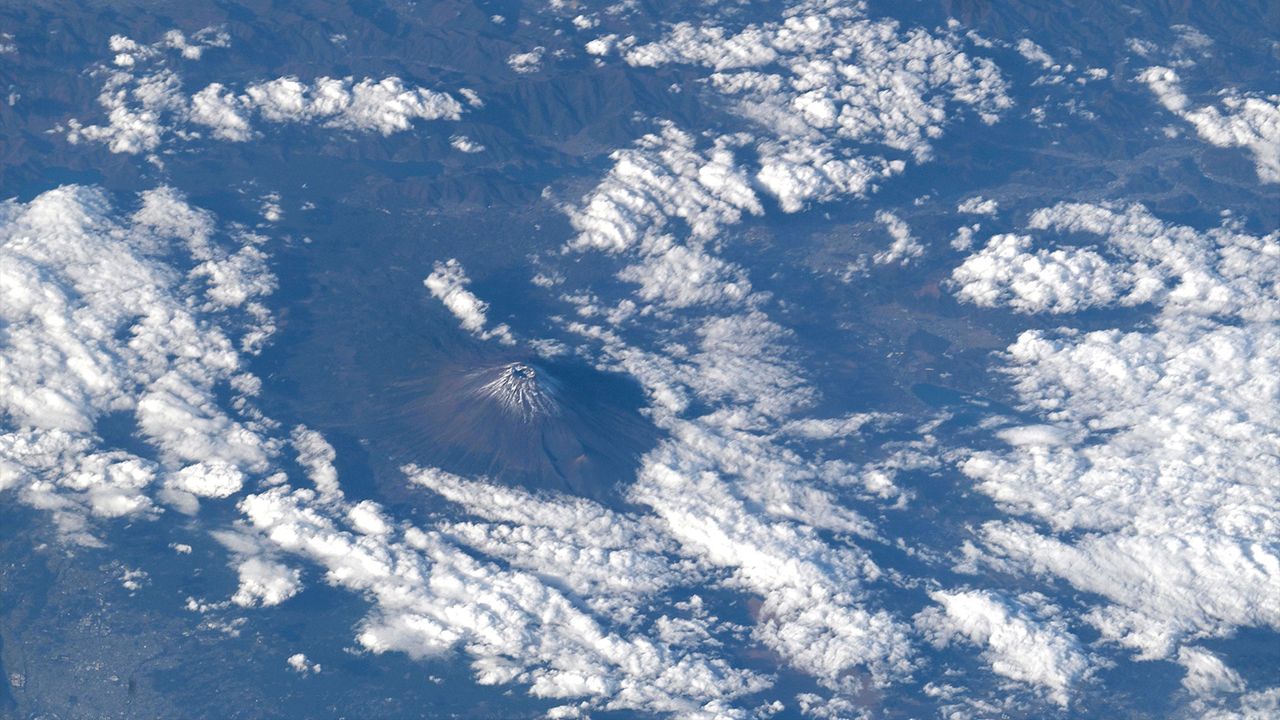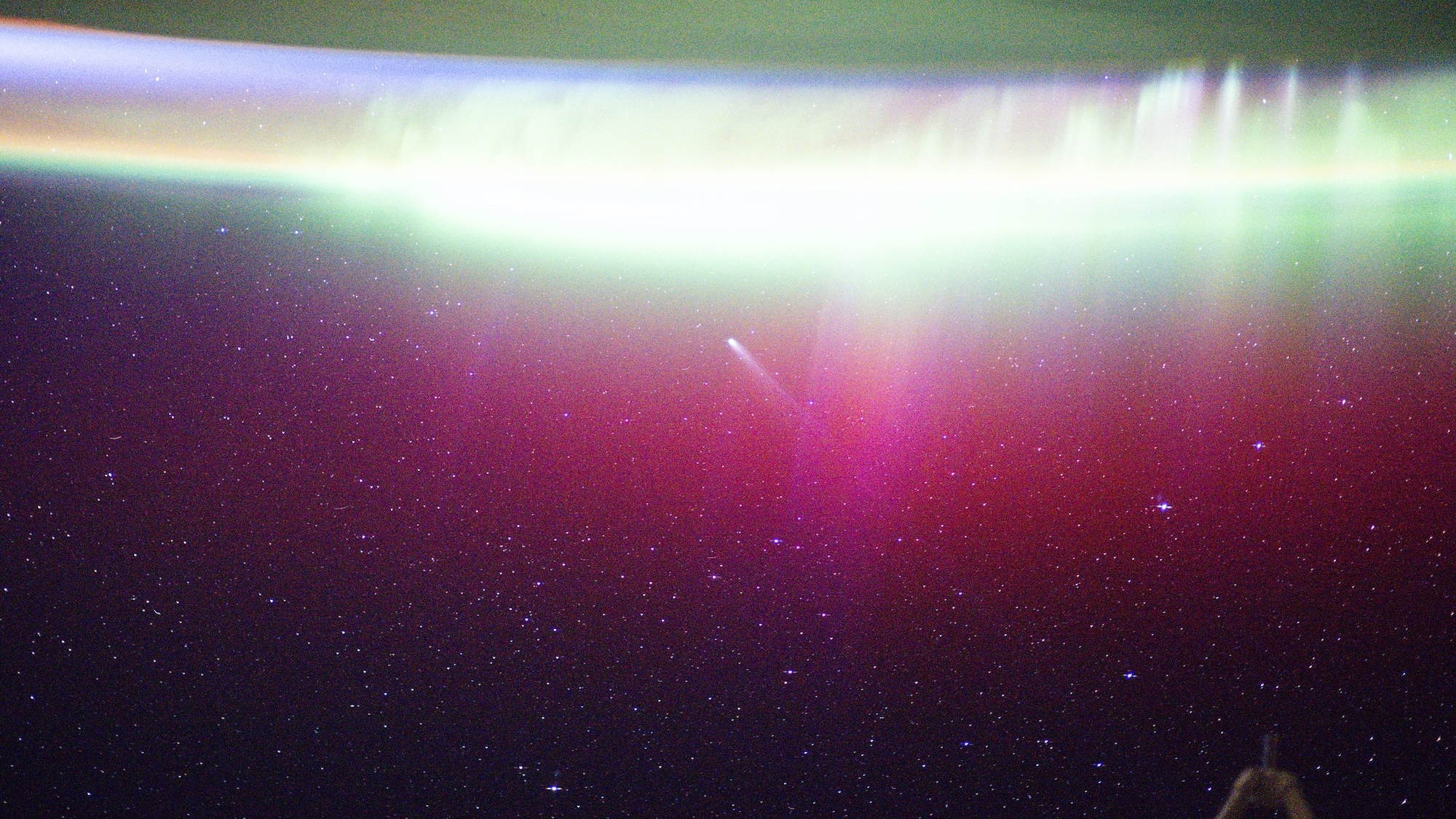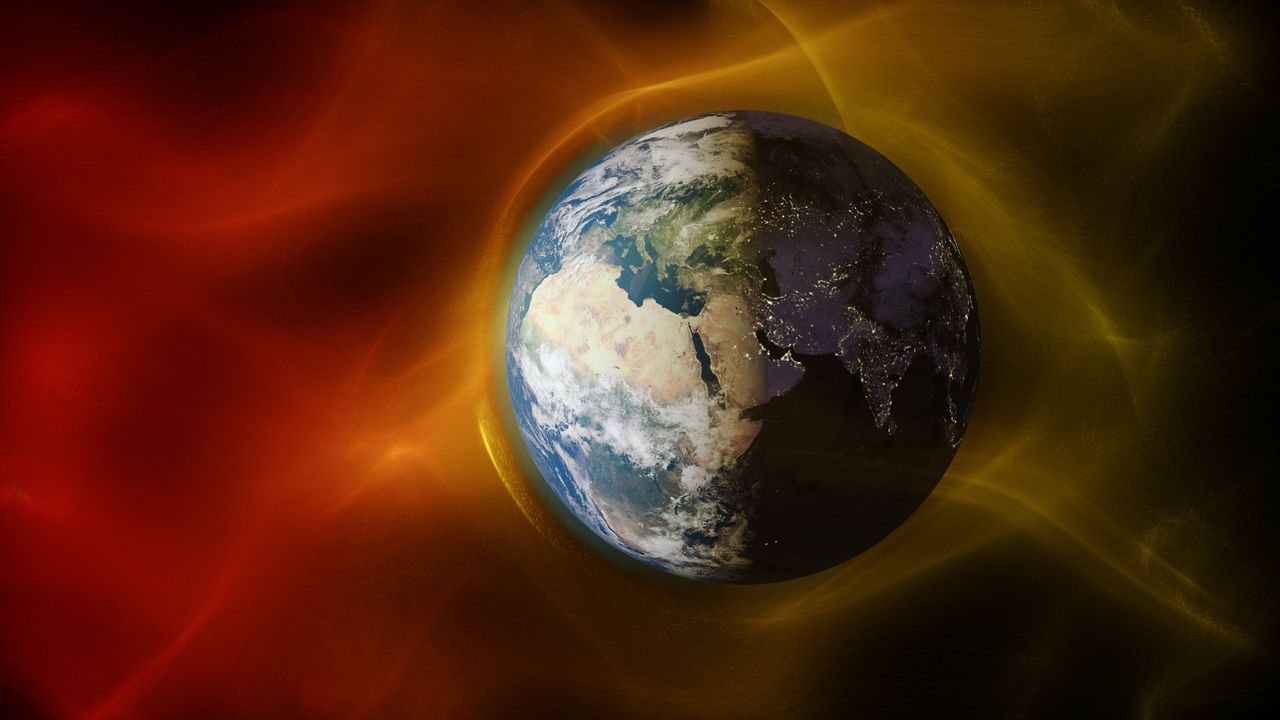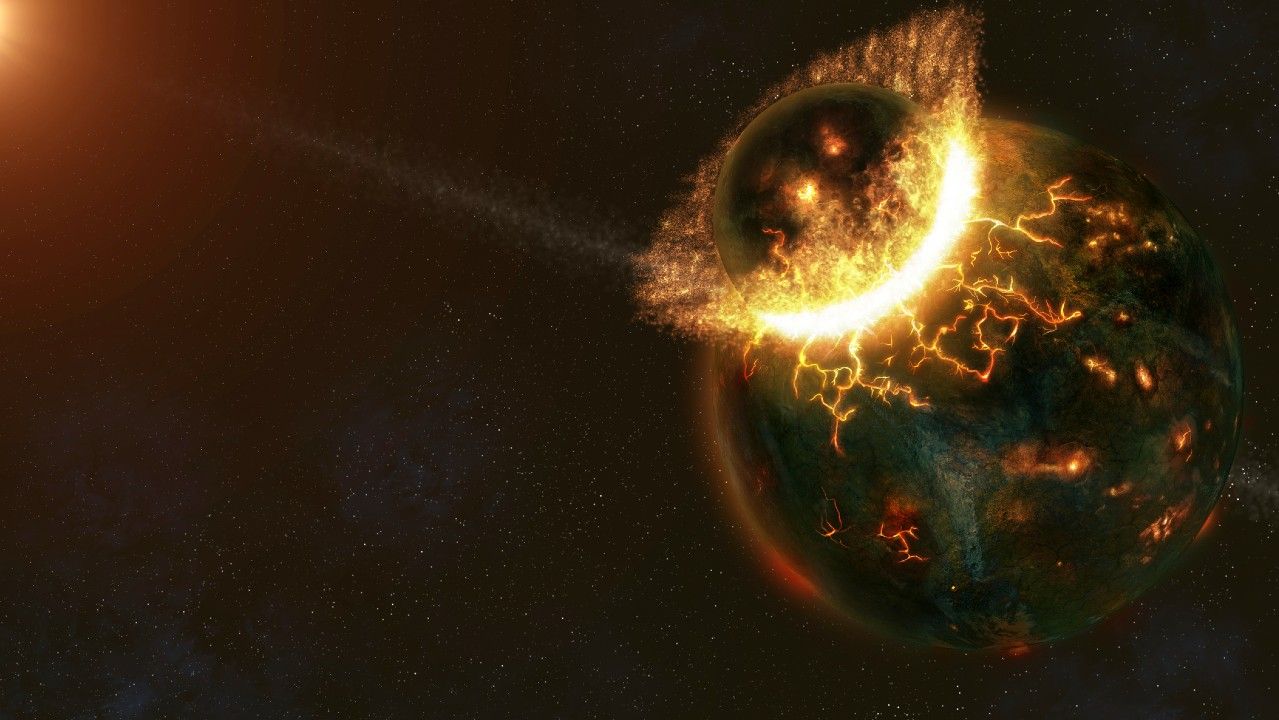Scientists put moss on the outside of the International Space Station for 9 months — then kept it growing back on Earth
PositiveScience

- Researchers successfully placed moss on the International Space Station for nine months, revealing its ability to survive and reproduce in space conditions. This study highlights the resilience of the moss species Physcomitrella patens.
- The findings are significant as they suggest potential applications for using moss in space exploration and colonization, as well as insights into the adaptability of life in extreme environments.
- This research contributes to a growing body of work exploring how various organisms can endure harsh conditions, raising questions about the potential for life beyond Earth and the implications for astrobiology.
— via World Pulse Now AI Editorial System







